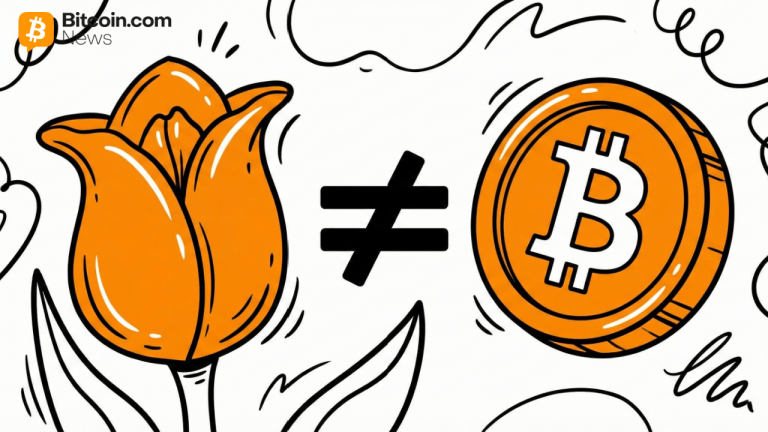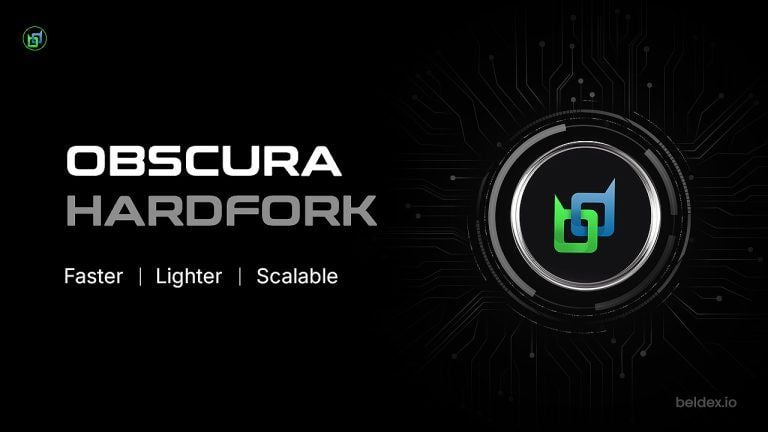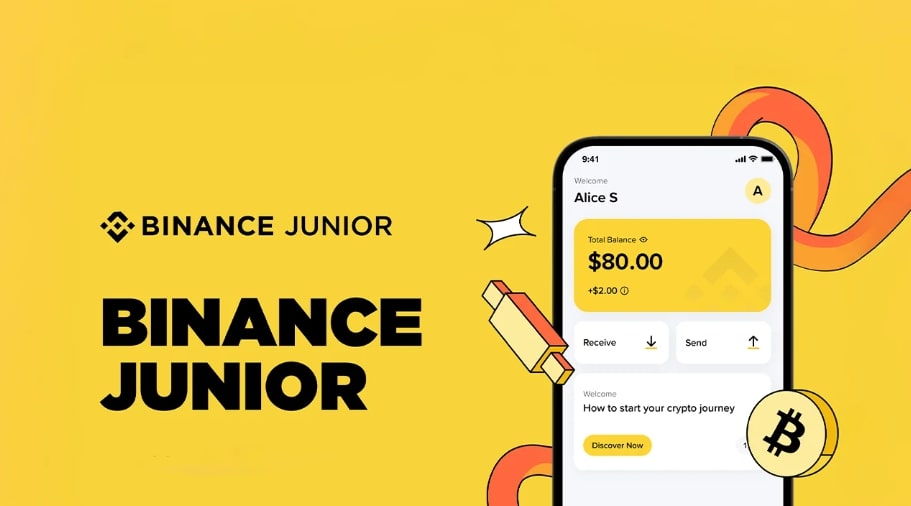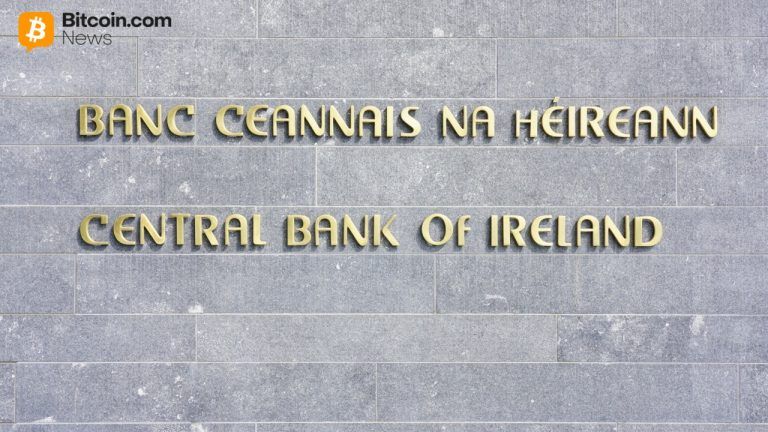Issued by Vitalik Buterin, the blockchain trilemma is a term that refers to the incapacity of various blockchains to simultaneously achieve Security, Scalability and Decentralization.
Although several articles appeared online claiming that X or Y project have the solutions, the low level of adoption generated shows towards the contrary.
So what is missing? From the security point of view, at least momentarily, Bitcoin’s Proof of Work remains the golden standard. Proof of stake, as a consensus-reaching alternative has proven to be vulnerable, at least on monolithic chains like Solana in 2022.
On the decentralization front, there are multiple blockchains that have found the right recipe, following Satoshi Nakamoto’s white paper principles, this side of the Trilemma not being the most challenging one.
As we all now, mass adoption is the end game in crypto. And I am not going to talk about the speculative side, the one you find in CEXs/DEXs, but rather focus on the utility side. Blockchain technology is currently in a state of pioneership and a multitude of projects seek to be on the forefront of the technology, trying to build the basis for web 3.0, which is amazing.
However, the downside of this stream of technology enthusiasts that becomes larger and larger is that current blockchains have difficulties providing the correct infrastructure for them to operate properly. Ridiculous tx fees and high waiting times are some of the side effects of Ethereum’s constant growth since 2016, the network experiencing a ”bloating” effect.
A number of L2 solutions were built as a part of this scalability issue that use different concepts, such as Sharding (NEAR, Kusama or Polkadot), Sidechains (like MATIC – although considering the important number of projects that have built upon them, they can hardly be named a sidechain anymore), or Rollups.
We are going to focus on them, as they have appeared to be the latest “weapon of choice” for different developers in tackling the issue of scalability. Basically, a rollup will compile a bunch of transactions and turn them into one single data and submit it to the mainnet. The compilation is done off-chain, thus saving important computational resources.
Rollups is the solution chosen by Ethereum or Syscoin amongst others when dealing with scalability issues. Their respective roadmaps plan to integrate optimistic rollups at first, then ZK-rollups when certain incompatibility issues between the zero-knowledge concept and smart contracts will be addressed.
What is the main difference between optimistic and zero-knowledge (or ZK) rollups? Optimistic rollups assume all submitted data is valid and no dishonest actions occur. The rollup will only perform a verification if someone disputes the results. They use a fraud-proof mechanism, which allows any user to challenge an invalid transaction and have it overturned within a certain period of time, called a challenge window
Zk-rollups are more efficient, being able to present cryptographic proof for the validity of the transactions without having to discover any of the data in the respective transactions, thus having no necessity for any challenge windows.
Another aspect pertaining to scalability but also helping to maintain decentralization and trust within a certain network, is Data Availability. It is a highly complex mathematical process that resumes to helping the network validate blocks even if the volume of operations is really high, through sampling small chunks of blocks, randomly, and verifying them. This provides a real-time verification of the block’s performance, reducing the footprint of the downloaded data. It is paramount to be able to perform such operations in the context of a rapidly growing ecosystem, that aims towards mass-adoption.
Even if the concept is well known in the cryptoverse, the coding required to implement solutions to data availability remains extremely complexe, and for now two projects have a solution on their roadmaps: Syscoin and Ethereum. Both of them extremely complex ecosystems, modular blockchains, that have the ability to deal with developing environment, with Syscoin having Proof of Work as a consensus mechanism versus Ethereum’s current Proof of Stake.
They have both identified ways to deal with the issue of Data Availability, pretty similar as a concept, but different names: Proof of Data Availability (PoDA) for Syscoin and proto-danksharding for Ethereum. The only difference is that Syscoin have an identified timeline for implementing PoDA on the mainnet during Q1 of 2023 while Ethereum has not yet a specific timeline.
The question is: will the developers market shift for the first available solution or will they stay, considering that Ethereum has a proven track record since 2016? I guess only time will tell…
[link] [comments]

You can get bonuses upto $100 FREE BONUS when you:
💰 Install these recommended apps:
💲 SocialGood - 100% Crypto Back on Everyday Shopping
💲 xPortal - The DeFi For The Next Billion
💲 CryptoTab Browser - Lightweight, fast, and ready to mine!
💰 Register on these recommended exchanges:
🟡 Binance🟡 Bitfinex🟡 Bitmart🟡 Bittrex🟡 Bitget
🟡 CoinEx🟡 Crypto.com🟡 Gate.io🟡 Huobi🟡 Kucoin.



















Comments